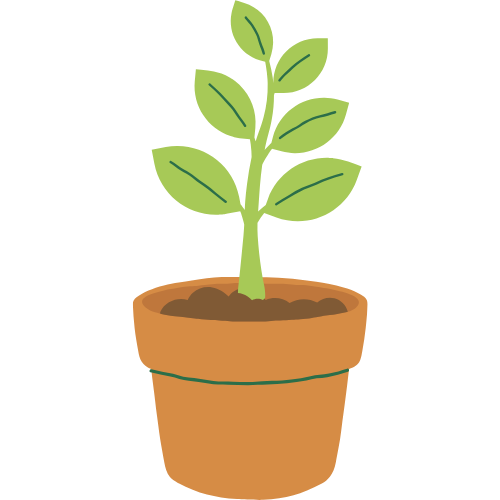The Hoe: A Gardener’s Workhorse

The shovel and the rake are important in heavy-duty work, but the hoe is the workhorse of the garden—an all-purpose tool adaptable to precision work, less back stress, and time-saving. The hoe, with its long handle and sharp blade, is an expert in weeding, trenching, and cultivating any type of soil. After becoming acquainted with the proper use of a hoe, maintaining your garden beds can turn into something exciting and a remarkably successful way to continue honing your gardening techniques over time.
Different Kinds of Hoes
The term “hoe” refers to a wide range of tools. Understanding these differences should enable you to make the most suitable choice for the job.
- Draw Hoe (or Paddle Hoe): This is the traditional, rugged hoe and has a wide rectangular blade at a right angle to the handle. It is designed to be pulled along in the ground and is very effective for digging, chopping, and furrowing.

- Push Hoe (or Scuffle Hoe): This is sometimes called an action hoe or stirrup hoe, with a sharp, looped blade that is pushed and pulled underneath the surface of the ground. It is a light device that is suitable for light weeding.

- Warren Hoe: This is a pointed-tipped hoe that is embossed in the shape of a heart, and is perfect for digging straight lines when planting seeds.

In this guide, we are going to emphasize the most frequent tasks which one can do with a push hoe and a draw hoe.
Major Uses of a Hoe

1. Weeding: The Hoe’s Greatest Art The hoe is one of the strongest weapons in your arsenal against weeds and will enable you to cover a big area much faster than with a spade or by working with your hands.
- Weeding with a Draw Hoe: With a draw hoe, stand vertically with the blade facing you. Hold the blade just behind the weed and stab it straight down into the ground, then draw the blade in towards you to cut off the root. This is effective for the destruction of large weeds and for loosening up soil.
- Using a Push Hoe: A push hoe is a preventative weeder. Stand upright and, with a slight back-and-forth motion, push and pull the sharp blade beneath the surface of the soil. This will chop the weeds at their roots and leave them lying there to dry. This procedure is fast and effective when it comes to having a weed-free bed.
2. Digging Trenches and Furrows Uniform trenches for planting seeds can be created by the use of a hoe.
- Making a Straight Line: For a straight furrow, a length of string tied to two stakes can be used as a guide.
- Digging the Trench: Hold the draw hoe by the handle with both hands, with the blade in its starting position. Push the blade in a straight line, evenly and consistently away, to the desired depth of the trench. Once you have sown your seeds, you can use the back of the hoe to gently push the soil back into the trench.
3. Hilling Plants Hilling—mounding soil around the roots of a crop—is widely done for crops like potatoes and corn.
- The Method: The loose soil between the rows should be pulled up and around the base of the plant by means of a draw hoe. Not only does this keep the plant upright but it also serves as a safeguard against pests and, in the case of potatoes, prevents the tubers from changing color due to exposure to sunlight and rendering them toxic.
4. Preparing and Cultivating Soil Small clods loosened up before planting can be within the reach of a hoe but not a rake.
- Working the Surface: After rain or watering, the topsoil may become hard and dry, giving it a crust. Loosen the soil by lightly chopping the area with the draw hoe, which can increase the soil’s aeration and water absorption.
Selecting and Caring for Your Hoe

The choice of the best kind of hoe varies according to what you do the most. Heavy-duty draw hoes are most effective when they are manufactured with a strong, forged steel blade, whereas a push hoe would require a stainless steel blade. The handle must be long enough so that you do not have to bend over when working. Get used to cleaning the blade every time you use it to get rid of dirt, then dry it and put it away in a dry place to avoid rust. A properly cared-for hoe will last you through numerous seasons as your key right hand in the garden.



